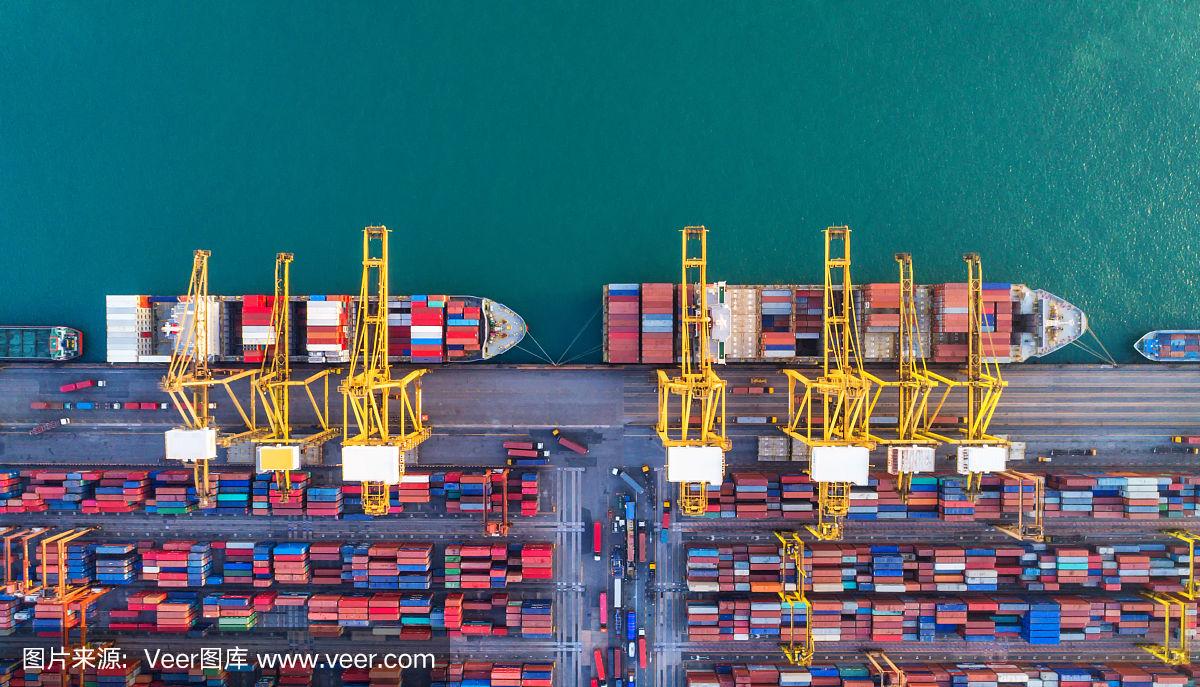The peak shipping season to the Philippines can bring about a host of challenges, from soaring demand and limited capacity to potential delays. Whether you’re a business owner or a logistics professional, knowing how to manage peak season shipping to Philippines is crucial for ensuring timely deliveries and maintaining customer satisfaction. This guide offers practical strategies to help you navigate the busiest times of the year smoothly.
1. Plan Ahead
Forecast Demand
Analyze historical sales data, market trends, and upcoming events in the Philippines to predict shipping needs. For instance, holidays like Christmas and local festivals often drive up demand for various goods. Use this information to estimate the volume of products you’ll need to ship during the peak season.
Book in Advance
Secure shipping services as early as possible. With increased demand, carriers’ schedules fill up quickly. Contact freight forwarders, shipping lines, or logistics providers well ahead of time to reserve space on vessels or flights. Similar to how reliable freight companies like China Top Freight emphasize early booking during peak times, this step can prevent last – minute rush and potential service unavailability.
2. Optimize Shipping Routes and Methods
Evaluate Route Options
Research different shipping routes to the Philippines. Consider factors such as transit times, costs, and potential bottlenecks. Sometimes, an alternative route might offer a better balance between speed and affordability, especially during peak season when primary routes could be congested.
Diversify Shipping Methods
Don’t rely solely on one shipping method. While sea freight is cost – effective for large volumes, air freight can be a lifesaver for urgent shipments. During peak season, combining sea and air freight based on the nature of your goods can help meet delivery deadlines. Additionally, explore less – common options like rail – sea intermodal transport if available in your area.
3. Strengthen Supplier and Partner Relationships
Communicate Clearly
Keep your suppliers informed about your peak season shipping plans. Discuss production schedules, delivery timelines, and any potential changes in orders well in advance. Clear communication ensures that they can prepare accordingly and avoid delays in product availability.
Collaborate with Logistics Partners
Work closely with your freight forwarders, carriers, and customs brokers. They can provide valuable insights into peak season challenges and solutions. For example, your freight forwarder might have access to exclusive shipping slots or know the best times to clear customs quickly.
4. Manage Inventory Wisely
Build Up Stock
Increase your inventory levels before the peak season starts. This buffer can help you meet sudden surges in demand without relying solely on just – in – time deliveries. However, be cautious not to overstock, as excess inventory can tie up capital and storage space.
Implement Inventory Management Systems
Use advanced inventory management systems to track stock levels, monitor sales in real – time, and automate reorder processes. This technology enables you to make data – driven decisions, ensuring that you have the right amount of products available for shipping to the Philippines at all times.
5. Stay Informed and Be Prepared for Delays
Monitor Industry Updates
Keep a close eye on shipping news, port congestion reports, and regulatory changes in the Philippines. Subscribe to industry newsletters, follow relevant social media accounts, and stay in touch with your logistics partners for the latest information.
Have Contingency Plans
Develop contingency plans for potential delays. This could include alternative shipping routes, backup suppliers, or extra storage space. Being prepared in advance allows you to respond quickly to unexpected situations and minimize the impact on your shipping operations to the Philippines.
In conclusion, effectively managing peak season shipping to Philippines requires proactive planning, strategic decision – making, and strong partnerships. By following these strategies, you can overcome the challenges of the peak season, ensuring that your goods reach the Philippines on time and maintaining a competitive edge in the market.


